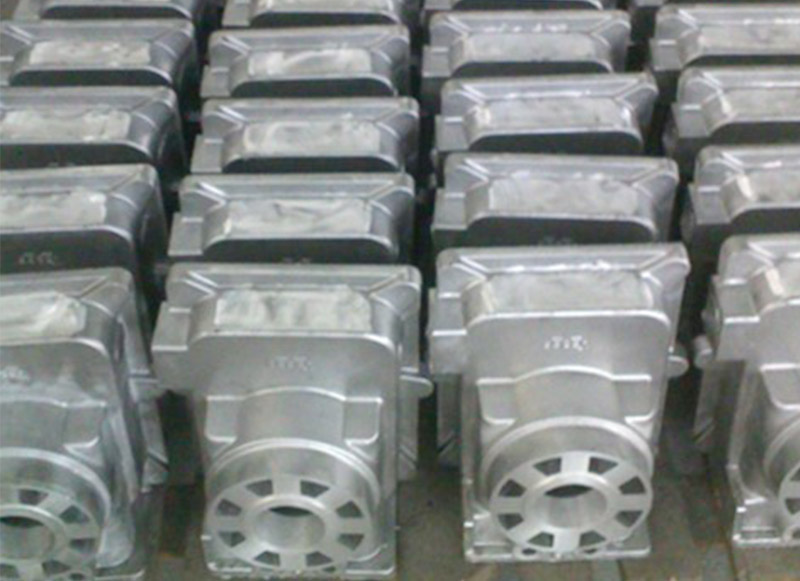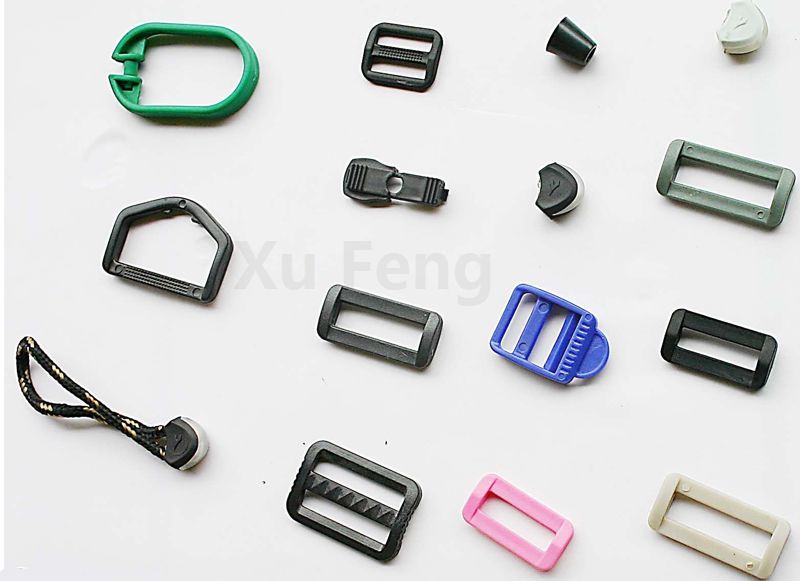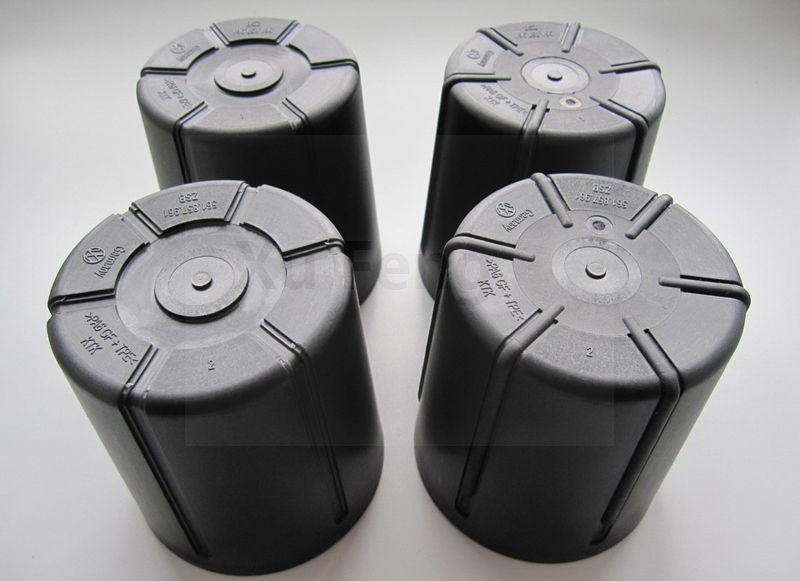 Jul. 12, 2023
Jul. 12, 2023
CNC turning is a machining process that involves the rotation of a workpiece while a cutting tool removes material to create cylindrical parts. CNC turning parts offer several advantages in the manufacturing industry, making them a popular choice for producing a wide range of components. In this article, we will explore the advantages of using CNC turning parts in the manufacturing industry.

Hot Tags: About XuFeng ,More products
1. Versatility:
CNC turning machines can work with a wide variety of materials, including metals (such as aluminum, steel, brass, and titanium), plastics, and even certain types of wood. This versatility allows for the production of diverse components for various industries, from automotive and aerospace to medical and electronics.
2. Cost-Effectiveness:
CNC turning offers cost-effective manufacturing solutions. The process allows for high-speed production, reducing labor costs and overall production time. Additionally, CNC turning machines can perform multiple operations in a single setup, eliminating the need for separate machines and reducing production costs.
3. High Precision and Accuracy:
CNC turning provides exceptional precision and accuracy in creating cylindrical parts. The computer-controlled machines ensure precise movement of the cutting tool, resulting in components with tight tolerances and excellent surface finishes. This level of precision is crucial in industries where accuracy and quality are essential.
4. Quick Setup and Production:
CNC turning machines are designed for rapid setup and production. Once the machine is programmed, the production process can begin immediately. The ability to quickly change tooling and adjust parameters allows for efficient production of different parts without significant downtime.

5. Repetition and Consistency:
CNC turning ensures consistent and repeatable production. Once a program is created and optimized, it can be replicated for producing identical parts with minimal variation. This repeatability is crucial for industries that require large-scale production and uniformity of components.
6. Complex Geometries:
CNC turning machines can produce parts with complex geometries and intricate features. With the ability to use multiple cutting tools, including drills, reamers, and thread mills, CNC turning allows for the creation of intricate shapes, threads, and undercuts. This flexibility enables the production of highly customized components.
7. Reduced Human Error:
CNC turning machines minimize human error and improve production accuracy. The computer-controlled operations eliminate the risk of manual measurement errors or inconsistencies in machining. This automation improves overall quality and reduces the need for manual intervention.
8. Faster Prototyping and Iterations:
CNC turning enables rapid prototyping and design iterations. The ability to quickly program and set up the machine allows for the efficient production of prototypes and iterative design changes. This speed facilitates faster product development and reduces time-to-market.
9. Scalability:
CNC turning is scalable, accommodating both small-scale production runs and large-scale manufacturing. Once the initial setup is complete, the production process can be easily scaled up or down as needed. This scalability provides flexibility in meeting changing production demands.
10. Integration with CAD/CAM Software:
CNC turning seamlessly integrates with computer-aided design (CAD) and computer-aided manufacturing (CAM) software. This integration allows for precise programming, simulation, and visualization of the machining process. CAD/CAM software provides advanced tools for modeling, optimizing toolpaths, and simulating machining operations, enhancing the efficiency and accuracy of CNC turning.
11. Waste Reduction:
CNC turning minimizes material waste. The precision of the process ensures minimal material removal, optimizing material utilization. Additionally, the ability to machine complex shapes and features in a single operation reduces the need for additional machining or secondary operations, further reducing material waste.
12. Quality Control and Inspection:
CNC turning machines often incorporate automated quality control features. These include in-process monitoring, tool wear detection, and dimensional inspection. These features help ensure consistent quality and detect any deviations or abnormalities during the production process.
There are many advantages to using CNC turned parts in the manufacturing industry. First of all, CNC turning can achieve high-precision machining, ensuring the accuracy of the size and geometry of the parts. Secondly, CNC turning has a high degree of automation and programmability, which can realize mass production and repeated processing, and improve production efficiency. In addition, CNC turning also has the flexibility to adapt to a variety of part processing needs, including parts of different shapes, sizes and materials. In addition, CNC turning also has good processing stability and reliability, which reduces the influence of human factors on processing quality. All in all, the use of CNC turning parts in the manufacturing industry has the advantages of high precision, high efficiency, flexibility and stability, which can meet the needs of various complex parts processing and improve production efficiency and product quality.
